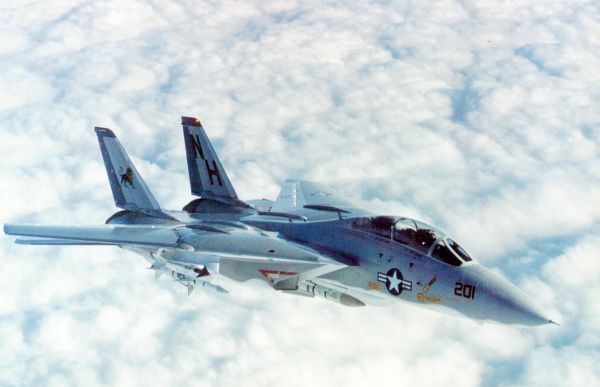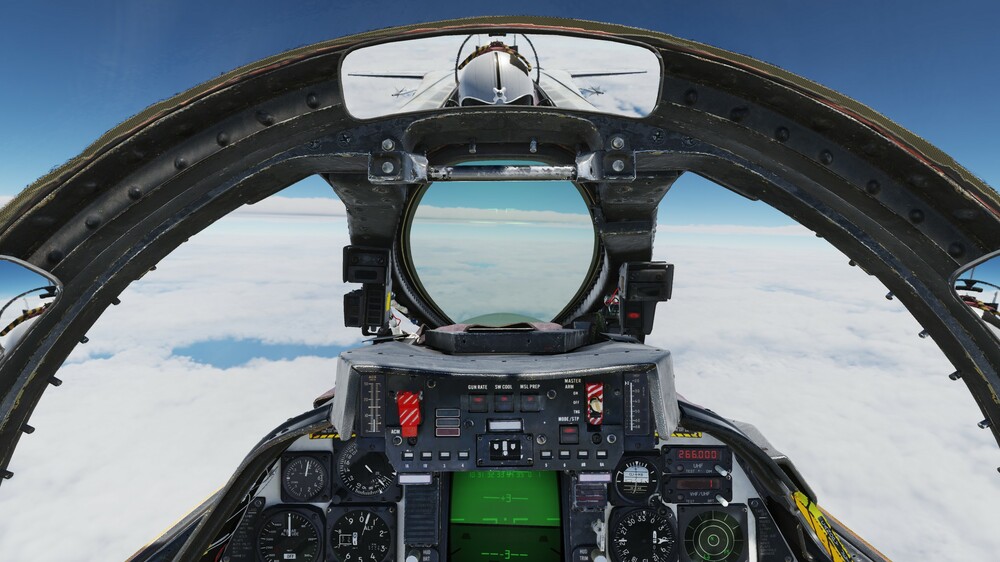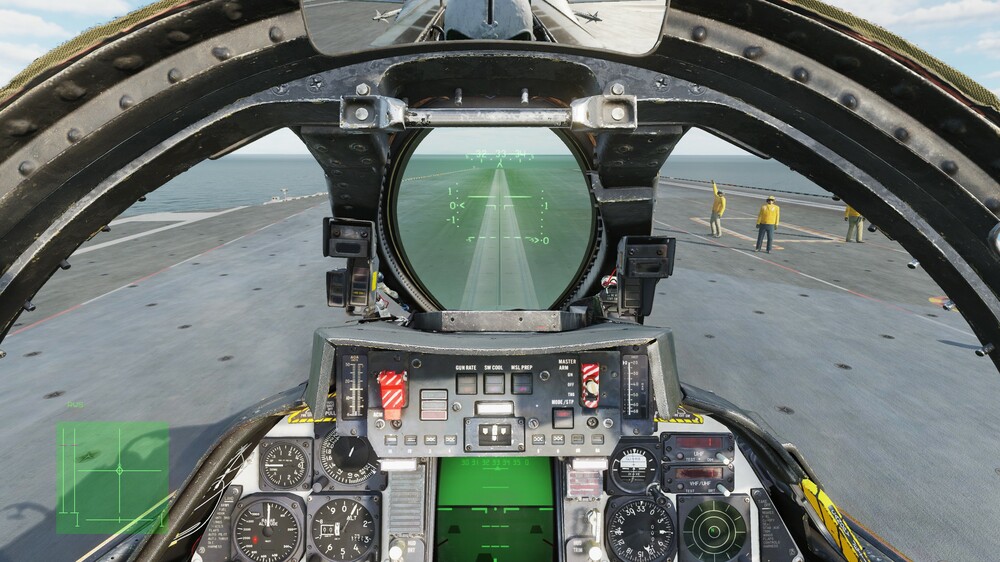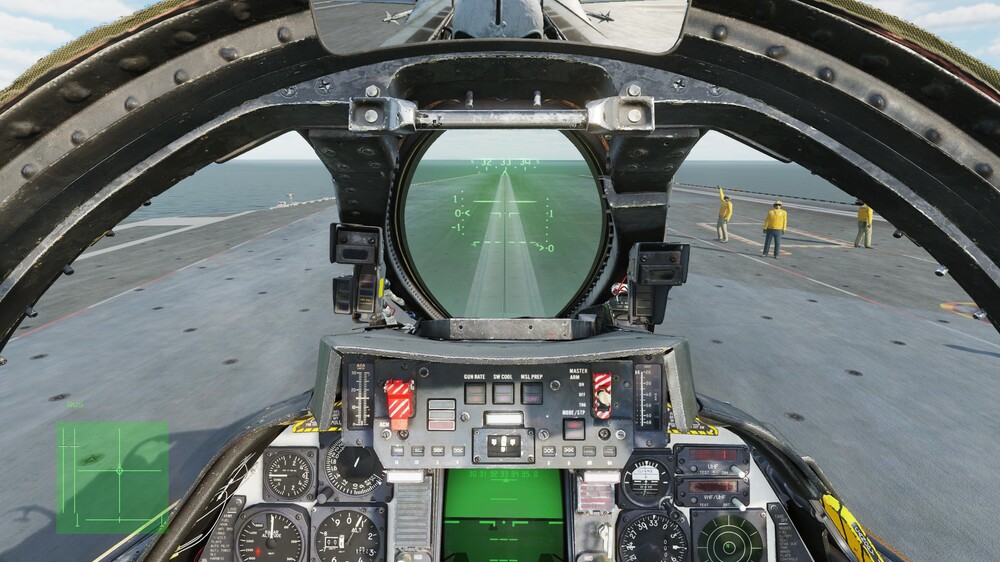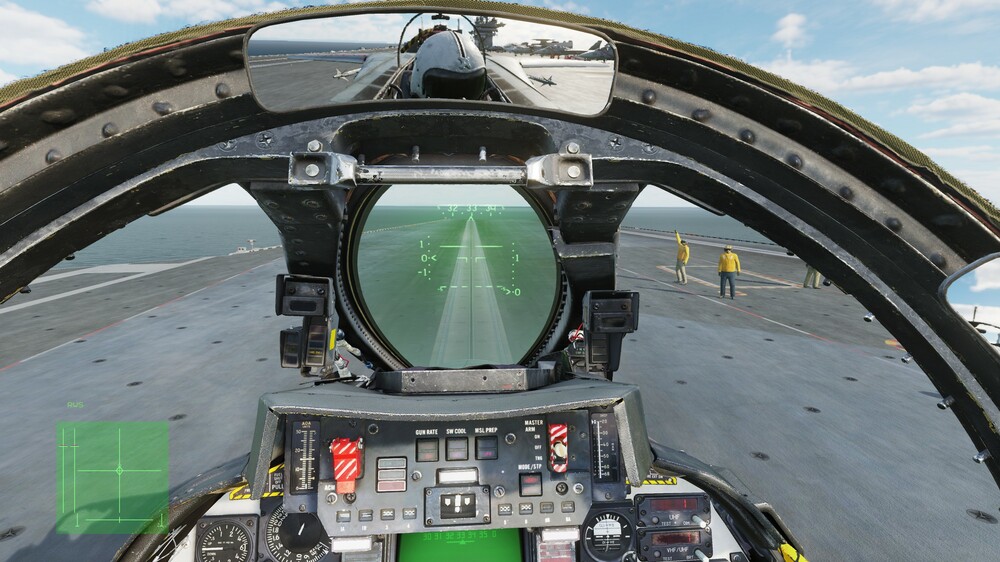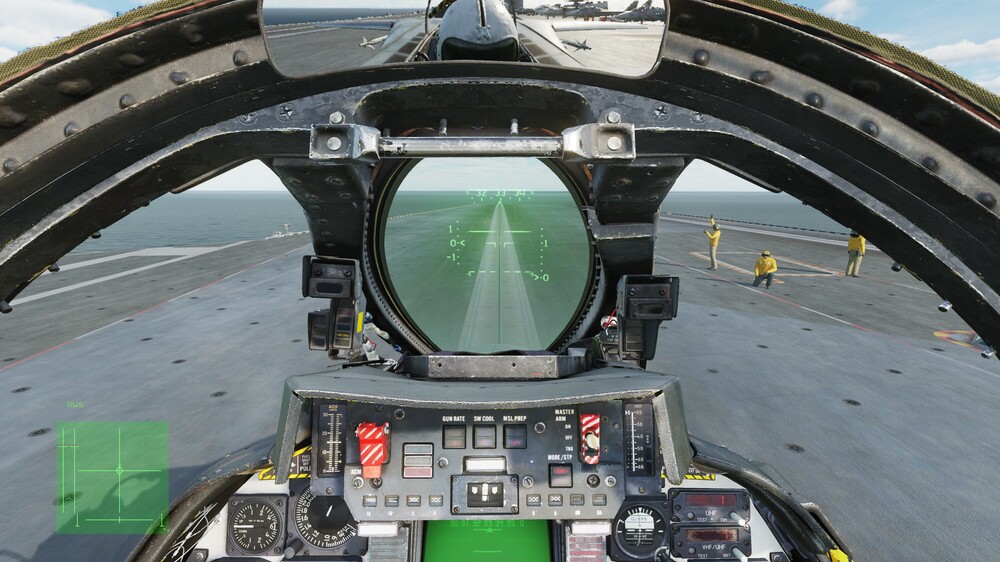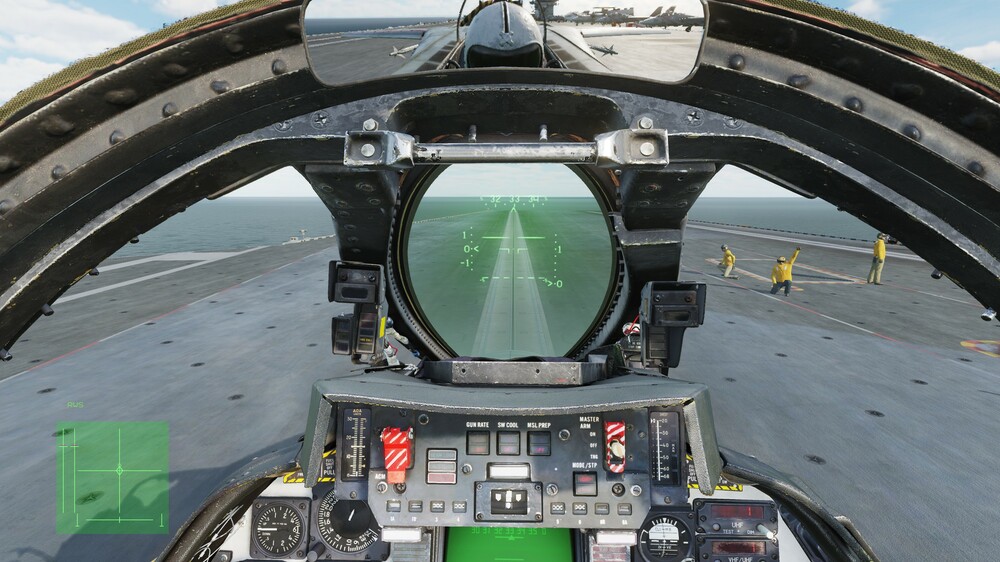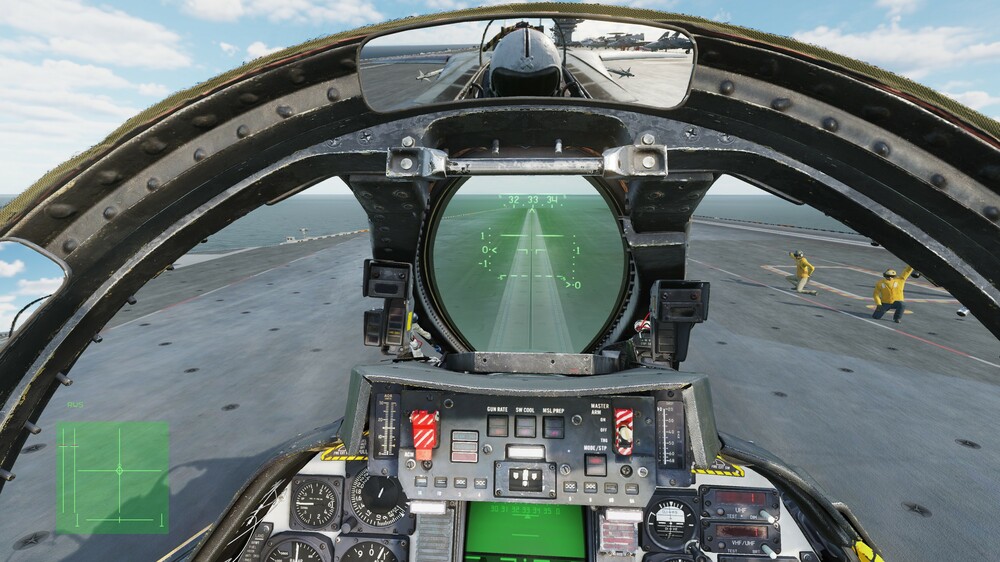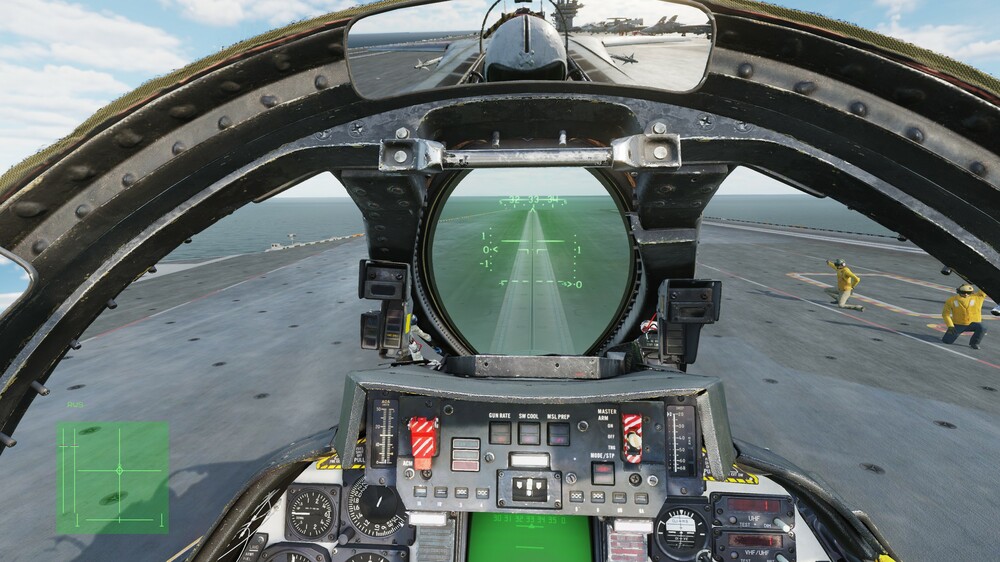-
Posts
2739 -
Joined
-
Last visited
Content Type
Profiles
Forums
Events
Everything posted by captain_dalan
-
Yeah, i get it. This is my setup, and the seating position i tried to emulate based on some external shots of the cockpit. It's not ideal, but it does the work most of the time, especially as i don't refrain from turning the my seat when i play, and i don't dampen or eliminate either of the axis. Not even x-roll, so i can tilt my head when needed.
-
I see what you mean, it seem like we have a very similar setup, with yours maybe being just a tad higher then mine, but not by much. I can post some comparable screenshots when i get home tonight. Have you tried what would happen if you reduce your distance from the frame a bit? Will the mirror catch less of your helmet then?
-
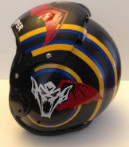
Realistic buffeting added - why is it optional?
captain_dalan replied to bies's topic in DCS: F-14A & B
Mate, that's like tying the biology of an apple tree with Earth orbital mechanics. Just because one stems from the other, doesn't mean they are one and the same. In fact, the above mentioned translation is a schoolbook example of number translation/ You can tie it in a geometric fashion, you can tie it in linear fashion, you can even tie it in inverse-proportional fashion if you like. One or the other may more closely resemble the effect in real life (in this case the linear one), but the amplitude of representation is highly arbitrary and more or less artistical choice. Heck, even two different people would perceive the same flutter vibrations in a real plane differently. What one would describe as normal, other would say it's strong or vice versa. Ironically, after my initial tests last night, i think the Horner drivers would feel like home in the F-14 more then ever. She does feel very Hornet like, even at 34 degrees alpha. -

Realistic buffeting added - why is it optional?
captain_dalan replied to bies's topic in DCS: F-14A & B
I knew i should not have let her go!!! Like Fenrir said, this has nothing to do with FM. -

Feedback Thread F-14 Tomcat - Update May 18th 2023
captain_dalan replied to IronMike's topic in DCS: F-14A & B
Yikes, talking about the mind overriding what the eyes see! My bad! @IronMikeignore that one! nullThere it is. It appears we are far from adequate break performance. Always were. -

Realistic buffeting added - why is it optional?
captain_dalan replied to bies's topic in DCS: F-14A & B
Yeah, but what is realistic? I.E. some people regard their seating apparatus being shaken by a powered cushion when pulling g's to be a realistic feature. I have a strong feeling these people have never pulled actual g's in a plane. And if we ditch the cushion, how does one experience g's in a sim? And if one doesn't, how is that realistic? Or better yet, how does one fly like this? https://www.planeandpilotmag.com/article/pilots-versus-aviators/ Or is realism in DCS limited to flipping switches and pressing buttons? -
-

Realistic buffeting added - why is it optional?
captain_dalan replied to bies's topic in DCS: F-14A & B
Do note that the word realism can hold very different meaning to different people. And while most people here like to pretend they are pilots, very very few like to pretend they are aviators. And i don't mean these terms in the shore and carrier based stick actuators meaning of the words. -

Feedback Thread F-14 Tomcat - Update May 18th 2023
captain_dalan replied to IronMike's topic in DCS: F-14A & B
Do you mind some clarifications on these? I only had about an hour to play around tonight, so i didn't really had the time to fully explore possible scenarios, but: 1. What exactly is the pedal shaker sound? Is it that rattling sound that used to play on high AoA excursions? 2. If this is present, it's barely noticeable if g-related. That is, it's largely drowned by the sound of the afterburner. Also, the heavy breathing and the visual blackout often kick in before the wind sound becomes noticeable. For me, it becomes audible around 6g in mil power and around 8g in burner. IF this is the sound we are talking about. High AoA related wind sound becomes audible much sooner. Is this as intended or am i missing something? 3. This now feels a lot "flatter". That is, it doesn't seem to vary much with AoA, once it reaches certain values, generally around or just above 20 units. Makes the plane feel a lot more "tame" and docile and reduces haptic feedback for extremely high AoA. It's nice to see low and medium AoA haven't been affected much. Was the real plane really so non-talkative during departures? I can now do zero-airspeed stalls and it feels very...... uneventful. 4. I still can't figure out how this works in the sim. Not before and certainly not now. As mentioned above, i did deliberate zero-airspeed stalls, and no effects on stick inputs or plane behavior SAS on or off. Tight 25, 30 and 30 plus units of AoA turns, with cross-controlling stick and rudder inputs, again no perceivable difference. Rolling with both rudders and ailerons (coordination) or snap rolls, no joy, still the same. Full deflection alerion rolls, SAS on, seems and feels snappier and faster somewhat. What test-case scenario should cover a clear test of the plane's behavior with SAS on and off? As things are, i see no reason at all to turn it to off for dogfights. -

Feedback Thread F-14 Tomcat - Update May 18th 2023
captain_dalan replied to IronMike's topic in DCS: F-14A & B
Agreed. Both on the carrier and on land runways, the breaks seem to work ok, at least as far as stopping comes to mind. This still assumes the pilot doesn't botch the landing of course! What i did notice though, is that now the breaks can't hold the plane in place with less then 40% mil power. Although, i don't recall ever reading how much power should be needed before break pressure isn't enough, so maybe it's supposed to be this way? However, that also means, that holding the breaks till engine spool up is an absolute no-no. Not that it was possible before mind you, just that now it's even less possible. -
Just out of curiosity, care to share a screenshot of your view with the mirror tilted up all the way? Just for comparison? Sadly there's no other way for us non-VR users. And how do you handle edge-of-the-envelope cases with no clear view of the nose? I, for the life of me, can't handle 25 units and above, without a clear view of what the nose is doing, and judging simply by the roll oscillations is usually way to reactive for me, or alternatively my corrections are too slow to compensate, i only end up worsening the oscillations. 30 units and above? Solid look at the nose is a must!
-
Does he? 0:45 in this video, he says friendly 5 miles. And that is a helo next to the carrier
-
I'd take the over the nose view rather then the VID view any days of the week. If you fly by the slip indicator rather then the yaw string, you'll be flying catchup the entire time, except in straight line flight. OP, i use these custom view angles myself. They give you a more upwards view. You can see the nose well. And, as your nose is pointing slightly up when flying due to positive angle of attack, you have no issues with the canopy bow to look ahead. In fact, the default view IMO, has you looking a bit up? Anyways, try it (just make a backup of your default views first) and see if you find it useful. And feel free to further adjust it to your needs. EDIT: this is how it looks in one of my recordings BTW: SnapViews.lua
-
Realism may mean different things to different people. If we look at extremely basic, micro-tactical realism, then yeah. I would agree. But if we look at operational realism, then DCS open PvP servers, generally aren't a good example of it. I mean, air superiority is completely eschewed as a concept. So it's only naturally so that any associated metrics are rendered void as well. Spawn points tend to be just outside modern guided artillery range, so abundant and careless use of burner at low altitudes is non-issue. Had real life air operations been conducted like an average PvP brawl, there would hardly be any fighting at all. Reds would hide in the mountain, and blues would have uncontested control of the sky. At best some point defense actions might take place, but that's it. So the meta isn't exactly hospitable to some hardware. Nothing wrong with that. Fun is more important after all, and probably the main reason why the majority of the userbase is here.
-
Aye, i would consider everything under 5000ft to be very low. On co-altitude launches, i don't expect any hits at all from 50 miles away, not even on hot ones. Shooting from a look down may improve the chances, but then you are faced with the issue of radar dropping tracks due to less-then-perfect lookdown capability. Especially over land. But i hadn't tried this enough times to be able to make an educated guess. Anyways, against cold targets..... unless the bandit changes his mind and turns hot, 50 miles is a stretch, even at high altitudes.
-

Problems with carrier landing in f14A/b
captain_dalan replied to Ddg1500's topic in Bugs and Problems
That's a very good point. -
Guidance failure, jamming and low flying targets are the first 3 things that come to mind when missiles fail to loft. I have no idea how being outside max range and with low or negative closure would effect the shot. In this case the scenario seems to involve at least one. Was the target jamming as well?
-
Da*n! next patch's gonna be a bonanza of new features!
-

F-14A/B Flight Model Tuning - Guided Discussion
captain_dalan replied to IronMike's topic in DCS: F-14A & B
Didn't have the time to confirm it, but this is from an early Hornet thread here on the forums: null -
This. Every time my Phoenix failed, wasn't because it didn't have the energy to connect, or that another missile in DCS would have had it. It's still the longest stick around, even at 35kft. Why do you think a shot that can't possibly connect under the firing conditions isn't a viable, or even a desirable shot?
-

Bankler's CASE 1 Recovery Trainer
captain_dalan replied to Bankler's topic in Missions and Campaigns
Added the F-14 myself and a new personal high score, this time 66 (over the previous 62). It could have been 68, but i may have entered the final break a bit too aggressive -

MiG-29's BFM characteristics / doubts
captain_dalan replied to Top Jockey's topic in MiG-29 for DCS World
Do note that that total surface area isn't available or really useful at all possible Angles of Attack. It only comes into play at very high values.

